5 Reasons to Visit New York’s Frick Collection This Spring
After closing its doors on 1 East 70th Street in New York in 2020, the Frick Collection is set to reopen its historic mansion on April 17, 2025,...
Elizabeth Provost 3 March 2025
As we approach the end of a very different year, we look back on what happened in the art world in 2020. From big painting sales, fetching high prices to interesting restoration works, this article has everything you need to know about art news in 2020.
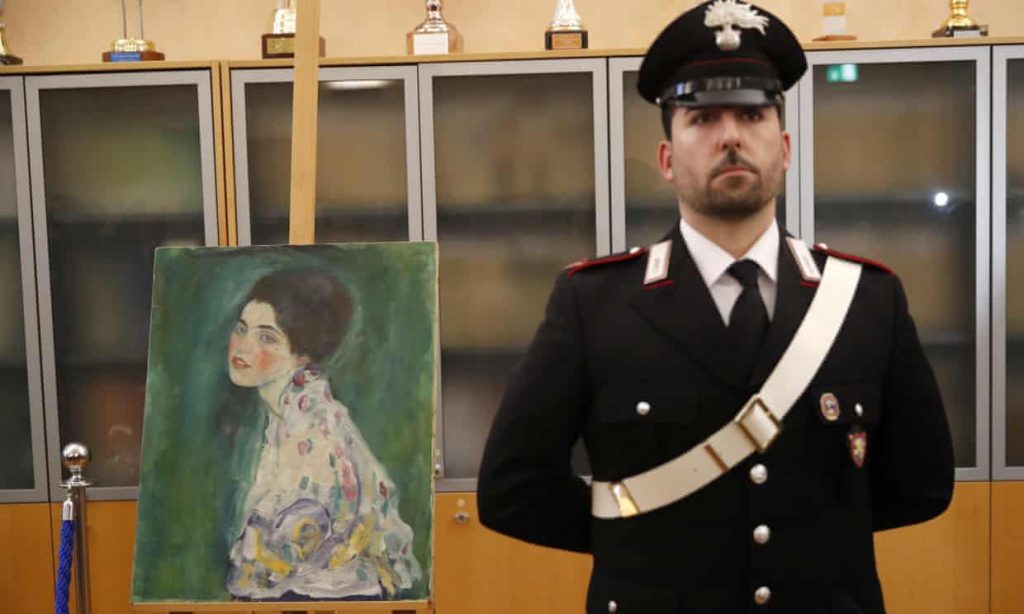
The year 2020 had barely begun when news hit the headlines that a recently discovered painting was in fact an original by Austrian artist Gustav Klimt, entitled Portrait of a Lady. The painting was previously stolen from the Ricci Oddi Modern Art museum in the Italian city of Piacenza in 1997.
However, in December 2019, the gardeners at the museum discovered the work when clearing ivy from the walls. It was in an alcove and hidden by a metal panel but was otherwise in remarkably good condition.
The news that the painting was authenticated as the missing original was then followed by the news that two men confessed to stealing and then returning the painting. They maintain the story that they returned the painting to the alcove after it was stored in a house. Therefore, it had not been in the alcove for the whole 23 years.
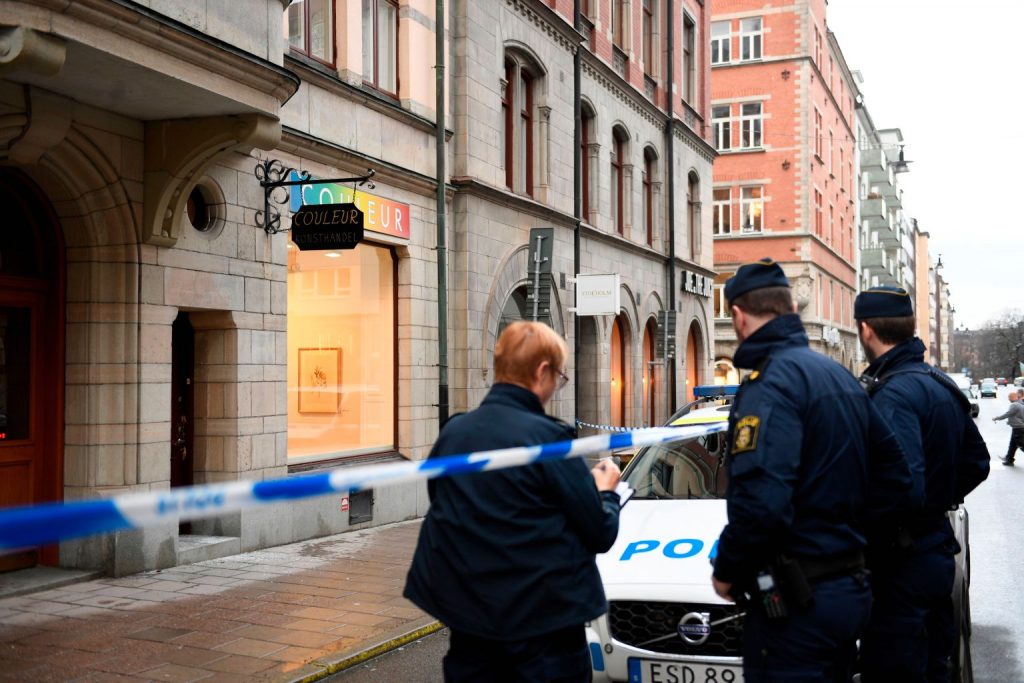
Shortly thereafter news followed that a number of bronze sculptures and etchings by Salvador Dalí, the surrealist artist, had been stolen from The Couleur Gallery in Stockholm. In October 2019, a similar event occurred when a Dalí painting was stolen from Dennis Rae Fine Art in San Francisco.
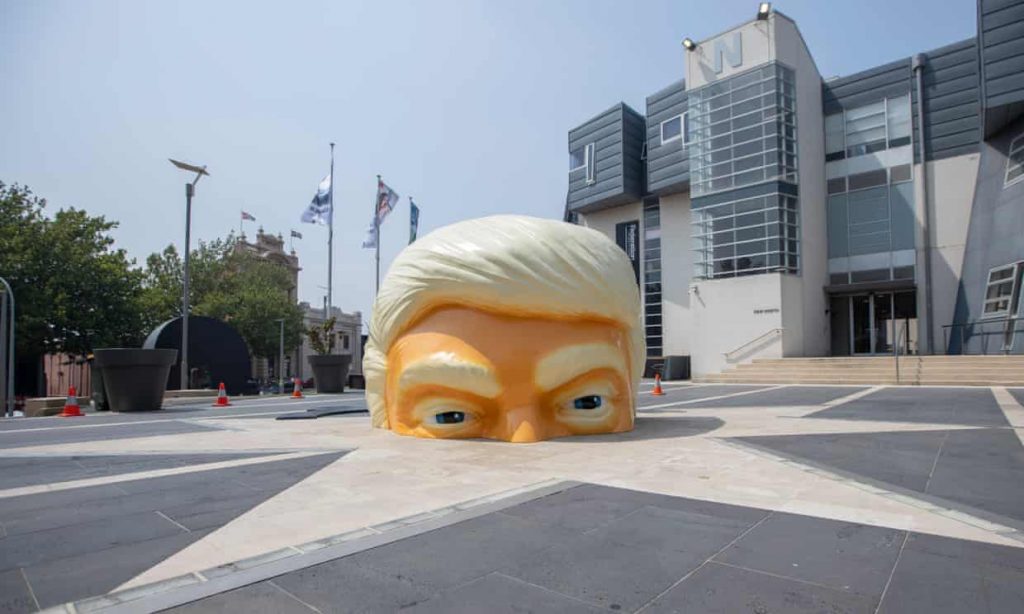
In other news, artist Callum Morton created a huge sculpture of US president Donald Trump’s head. The public art piece was placed in Ballarat, Australia, and titled Monument #32: Helter Shelter. It contains a shelter and a bench to sit on, alongside decorative flames inside. The artist, who has exhibited globally, wrote: “I am aware that this is an ugly work, it is a vulgar work – a bit like him.”
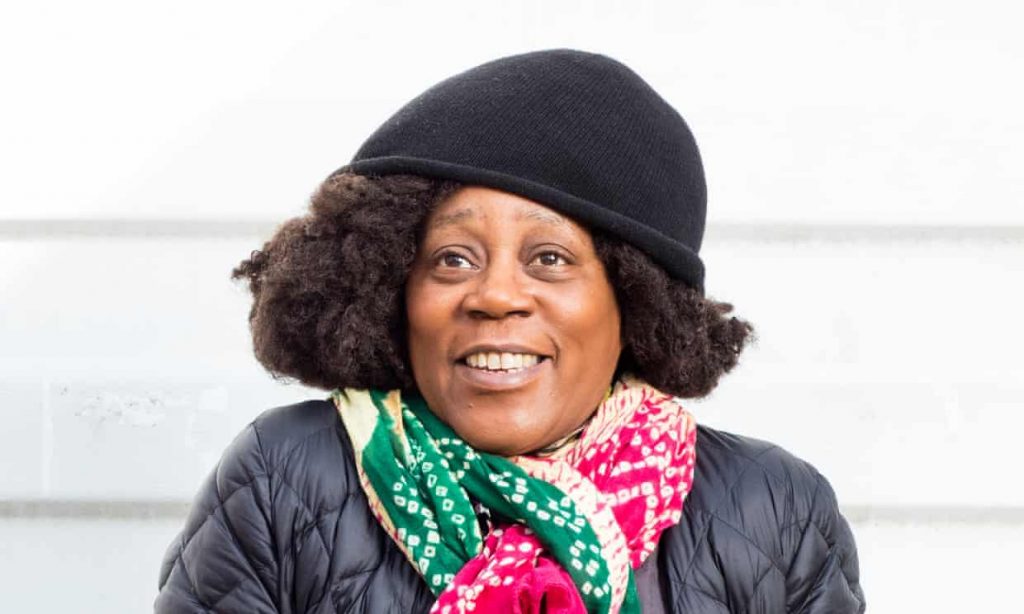
When February came, the exciting news that Sonia Boyce OBE has been chosen to represent Britain at the Venice Biennale in 2021 was announced. Aged 58, the world-renowned artist will be the first black woman to represent Britain. In 2018, Boyce made the headlines when she removed John William Waterhouse‘s Hylas and the Nymphs painting from Manchester Art Gallery for a week.
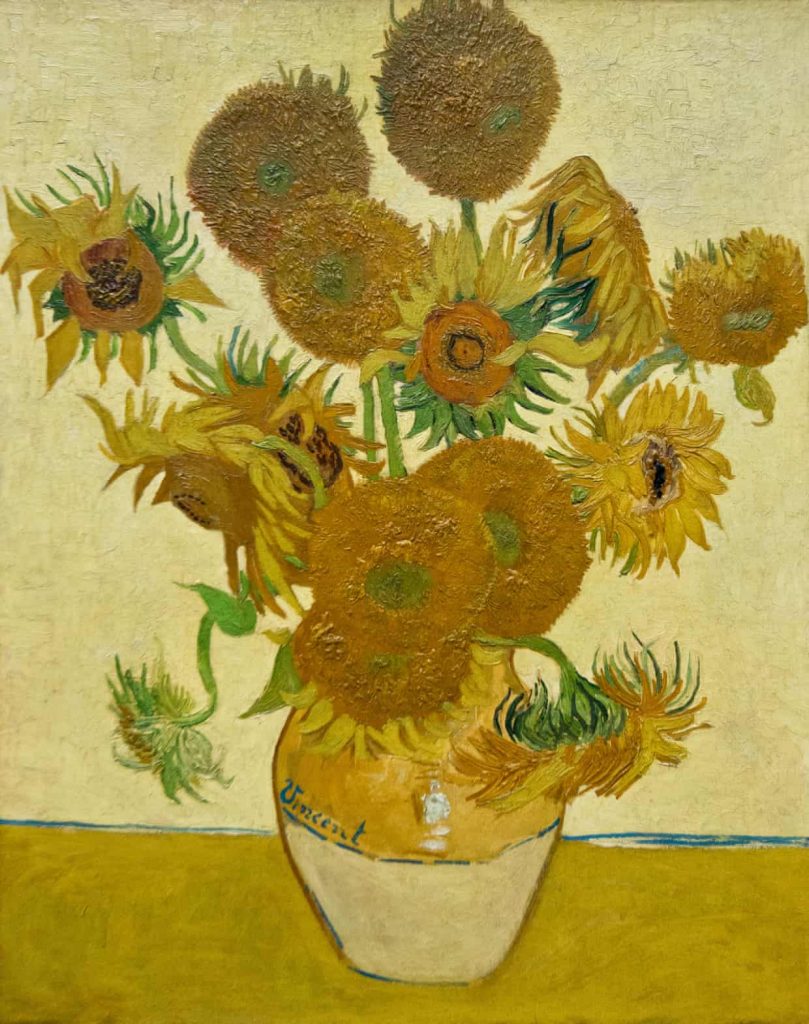
As the coronavirus outbreak began to emerge in Japan in February, we read that a painting that had been sent from The National Gallery in London to The National Museum of Western Art in Tokyo was being quarantined. The exhibition was set to open on March 3rd but the painting was put into the museum’s quarantine section instead due to the closure of galleries.
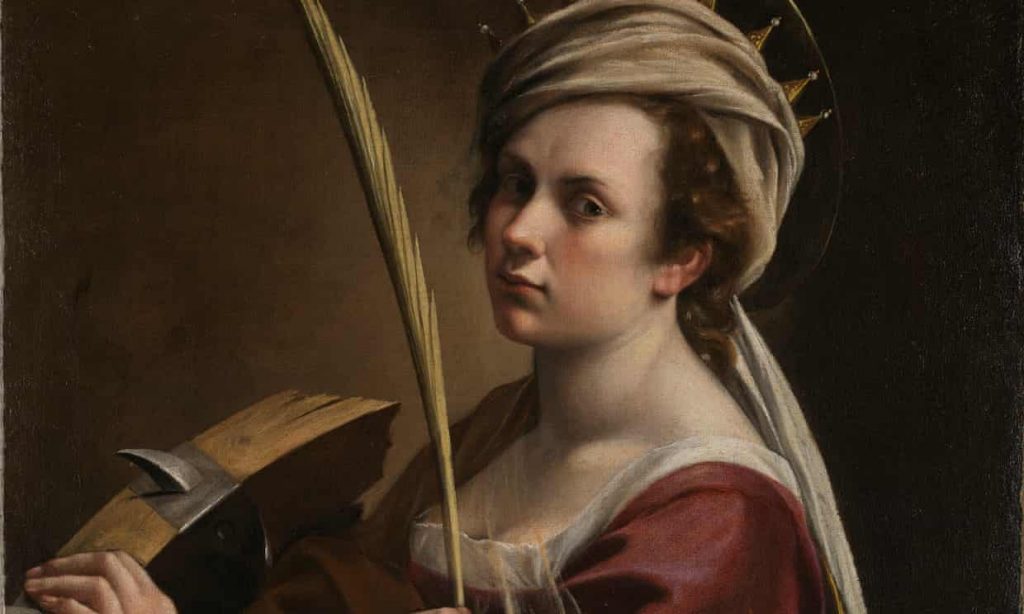
In March The National Gallery in London announced that the highly anticipated Artemisia exhibition, set to open in April, would have to be postponed. The Gallery had to shut due to the coronavirus pandemic. Thus their exhibition celebrating the female Renaissance artist Artemisia Gentileschi was delayed.
The exhibition was to include many of the female artist’s paintings, as well as biographical documents to help us understand her struggles and give her back a voice that has often been overlooked. Included in these is a transcript of the trial in which Agostino Tassi (an artist) is charged with the rape of Artemisia. It would have been the first public showing of this document.
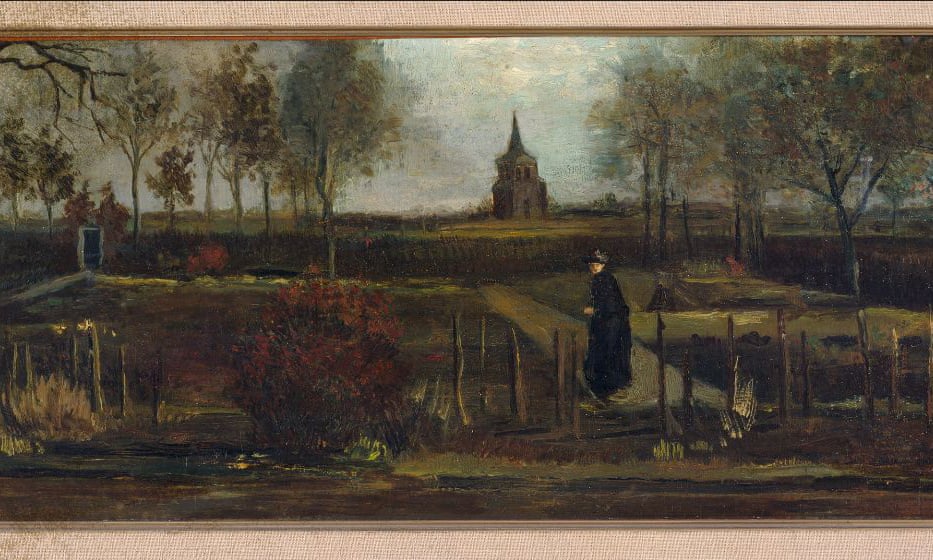
Sadly, the news of another art theft was reported in March, with a painting by Vincent van Gogh stolen from the Singer Laren Museum in the Netherlands. The painting, Spring Garden, the Parsonage Garden in Nuenen in Spring, was on loan from the Groninger Museum at the time. The painting had an estimated value of up to £5 million.
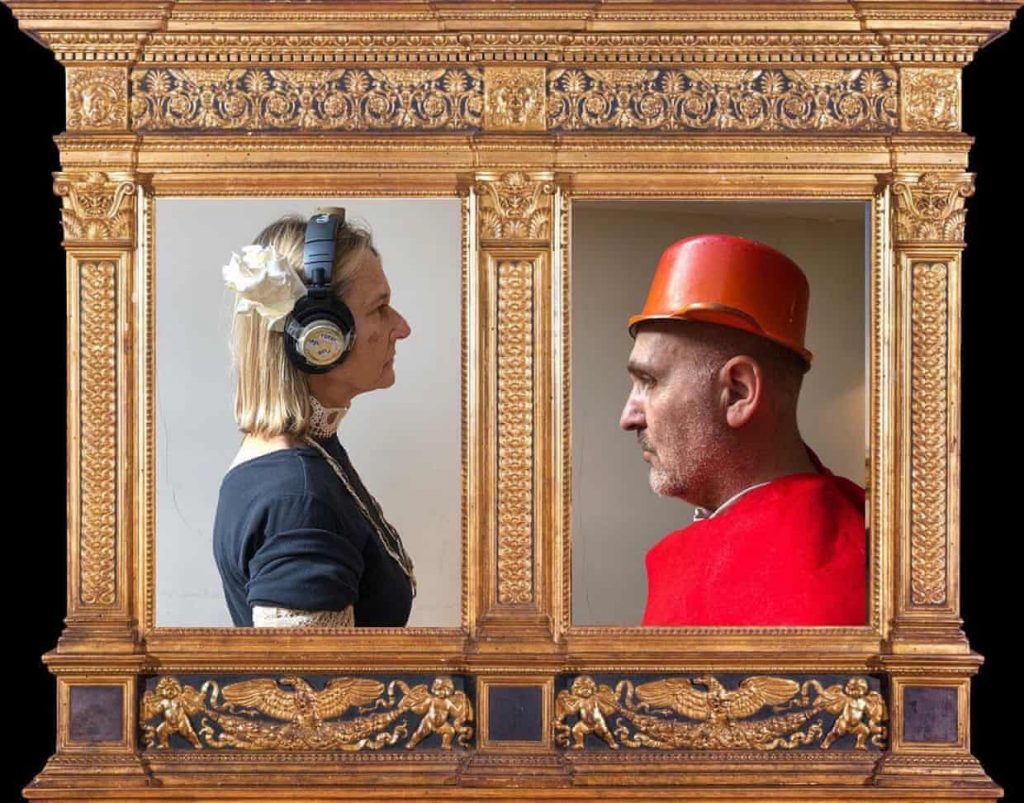
As the coronavirus pandemic worsened in the spring, art became something that we all accessed digitally. For example, people began recreating famous paintings to combat lockdown boredom. An example above shows a couple recreating the famous The Duke and Duchess of Urbino by Piero della Francesca.
A number of exhibitions that had to be cancelled took on a digital format instead. For example, the Tate Modern uploaded a video exhibition tour of their Andy Warhol exhibition. Impressively, The Metropolitan Museum of Art created a 360-degree video tour of the museum for us to enjoy while its doors were shut.
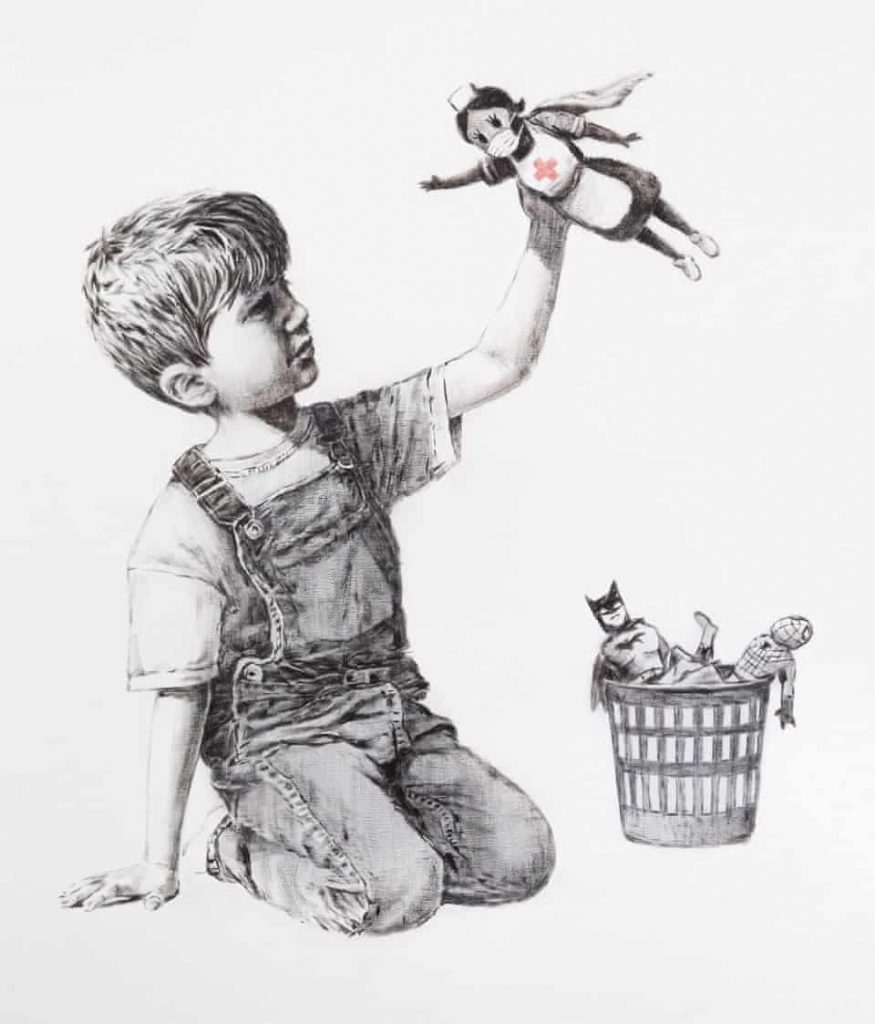
With coronavirus worsening around the world, British artist Banksy created a painting in tribute to the NHS staff in the UK. A young boy is playing with a nurse toy after disregarding other superhero toys. Hence it shows the heroic work that staff working in healthcare are doing to fight the virus. Banksy left a note with it: “Thanks for all you’re doing. I hope this brightens the place up a bit, even if it’s only black and white.”
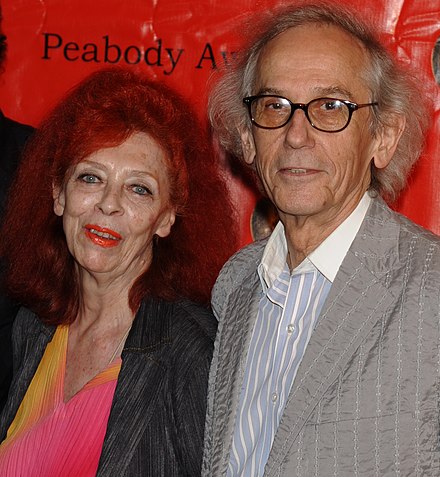
We also heard the news in May that Bulgarian artist Christo Vladimirov Javacheff (known as Christo) died at the age of 84. The artist was known for large-scale public artworks which he created in collaboration with his wife and fellow artist Jeanne-Claude. For example, in 1995, they famously wrapped the Reichstag parliament building in Berlin with aluminium fabric. Both artists gained a worldwide reputation by creating artworks that became temporary landmarks across the world.
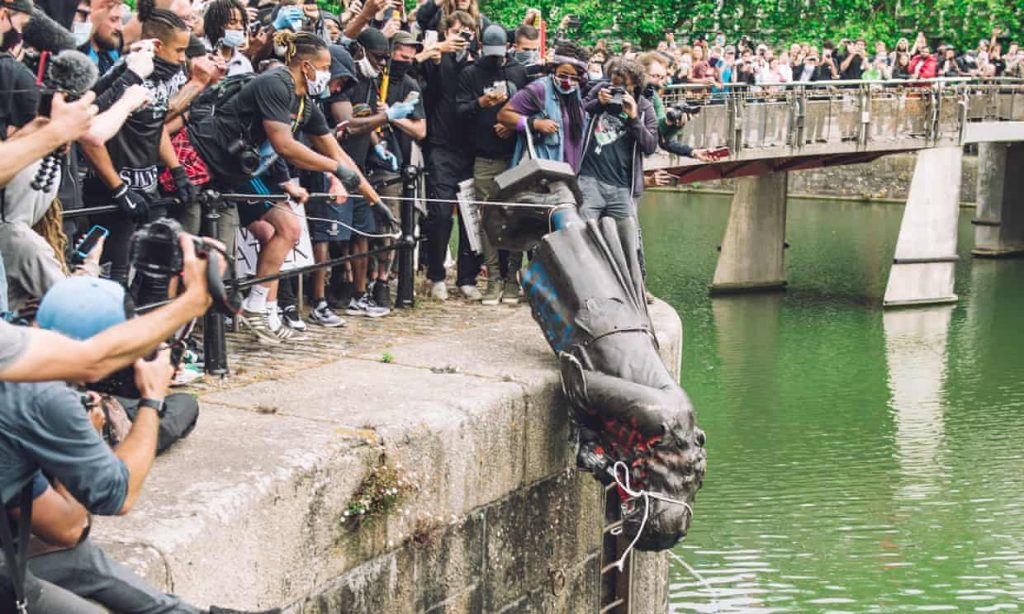
As summer arrived, the tragic death of George Floyd at the end of May turned focus on a worldwide scale to the Black Lives Matter movement. In turn this provoked reactions in the art world. New artworks were created meanwhile existing ones were revisited globally.
Furthermore, in Bristol, UK a statue of Edward Colston was thrown into the harbor in outrage. Edward Colston was an infamous slave trader who made his fortune through the suffering of others. The people of Bristol were outraged that a man like this was celebrated through a statue. This became part of a much larger readdressing and rewriting of history that Black Lives Matter kick-started.
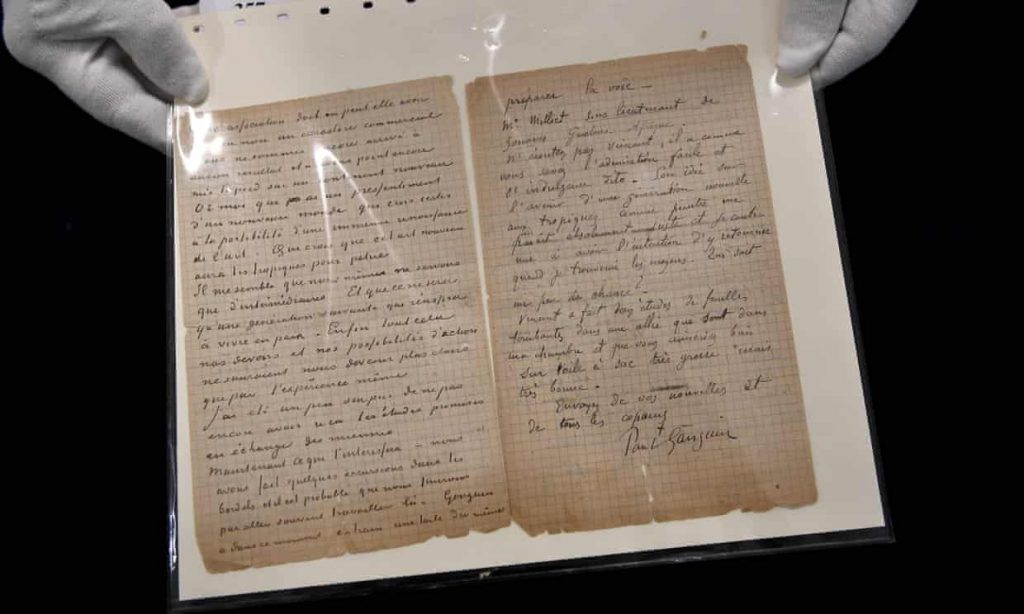
A four page letter, written in French by 19th-century artists Vincent van Gogh and Paul Gauguin, sold to the Van Gogh Museum in Amsterdam at Drouot auction rooms in Paris for a massive £189,000. In the letter, the two artists write of their experiences living together in Arles, Provence, and also of their visits to French brothels.
In the letter, which is dated to November 1st or 2nd 1888, the artists call their works a “great renaissance of art”. They go on to write of their admiration for one another. Also Gauguin writes of Van Gogh as “easy to impress and ditto to be indulgent”.
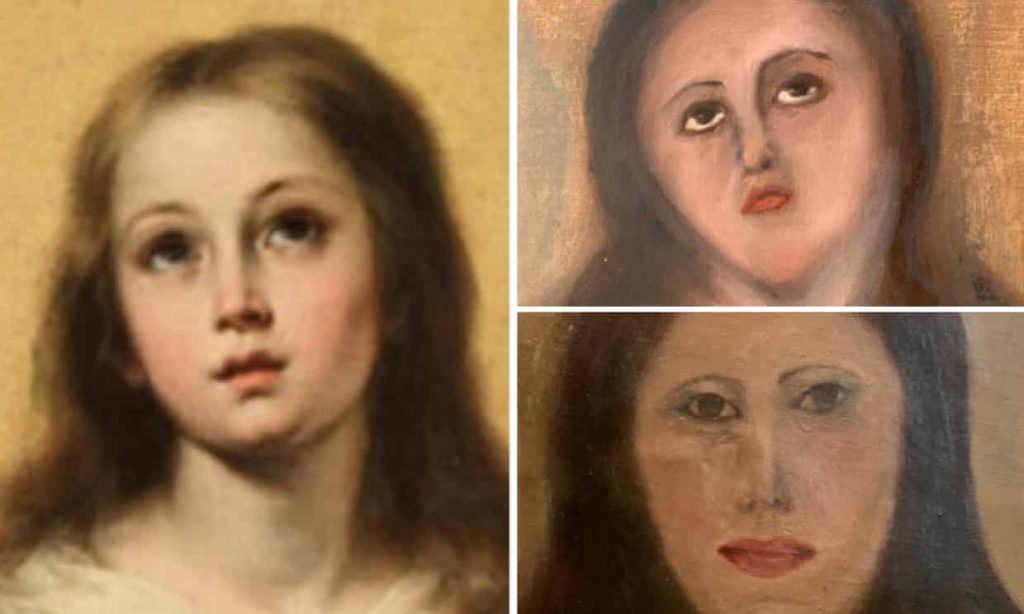
Meanwhile, another art topic discussed widely online in June was the restoration of a famous painting of the Immaculate Conception by well-known Baroque artist Bartolomé Esteban Murillo. Unfortunately the face of the Virgin Mary was ruined when a furniture restorer was paid to have the painting cleaned.
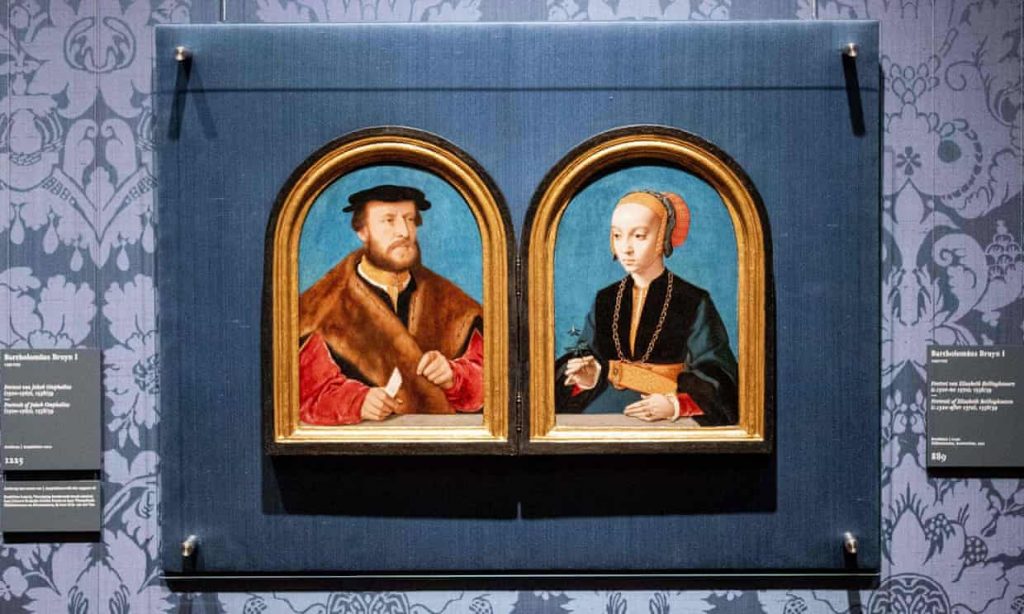
As summer continued, we learned that a Renaissance couple had been reunited after 125 years apart. The two portraits of Jakob Omphalius and Elisabeth Bellinghausen were created before the couple’s marriage in 1539. However, the two panels were separated at auction and only in July did they reunite for the first time.
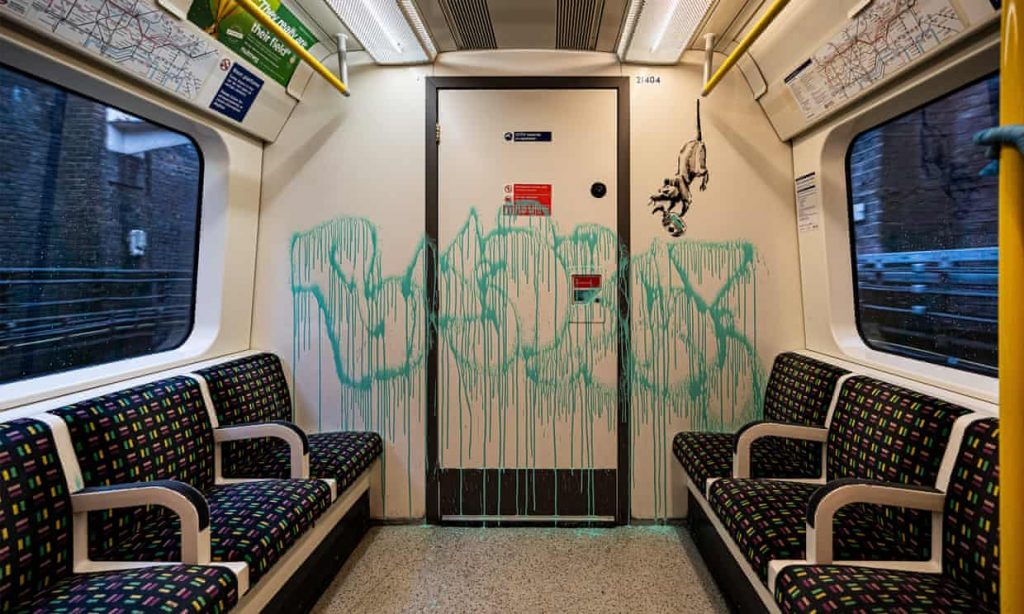
Meanwhile in London, Banksy created a new work on the London Underground tube. Using stencils in his unique and recognizable style, he created an image of rats using masks and dispensing hand sanitizer. Banksy then posted a video of the creation to his undercover Instagram page.
The work came as a response to the announcement in mid-June that face coverings were now a legal requirement on public transport in order to fight the coronavirus pandemic. This continued to cause devastation throughout the UK and the rest of the world.
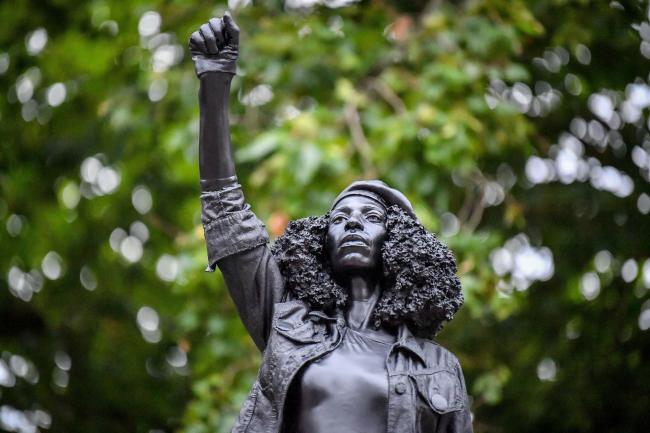
Back in Bristol one month later, a statute of Jen Reid replaced the Edward Colston statue, in solidarity with the Black Lives Matter movement. Entitled A Surge of Power, the statue depicts Reid who protested widely for the cause.
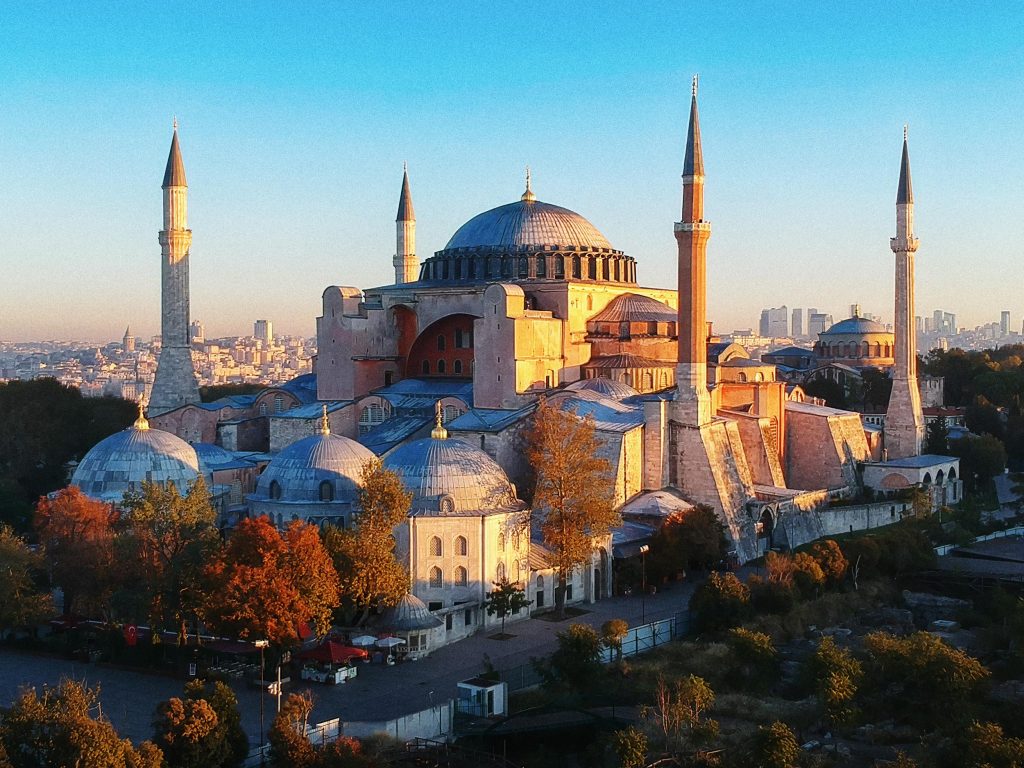
At the end of July it was also reported that the famous Hagia Sophia in Istanbul had been converted back into a mosque by the President of Turkey. This was highly controversial because it was originally a Byzantine and Orthodox Christian church. It was constructed around 532 CE, when Istanbul was the capital of the Byzantine Empire.
However, in 1423 and after the Ottoman Conquest, it was converted into a mosque. Over the years, the landmark has had both a Byzantine-Ottoman and Christian-Muslim history, one which is very complex. Since 1934 it has been a museum and is famous for its beautiful dome and mosaic decoration. Therefore, the decision to turn the museum back into a mosque caused controversy in Turkey. To read more about this story, look at this.
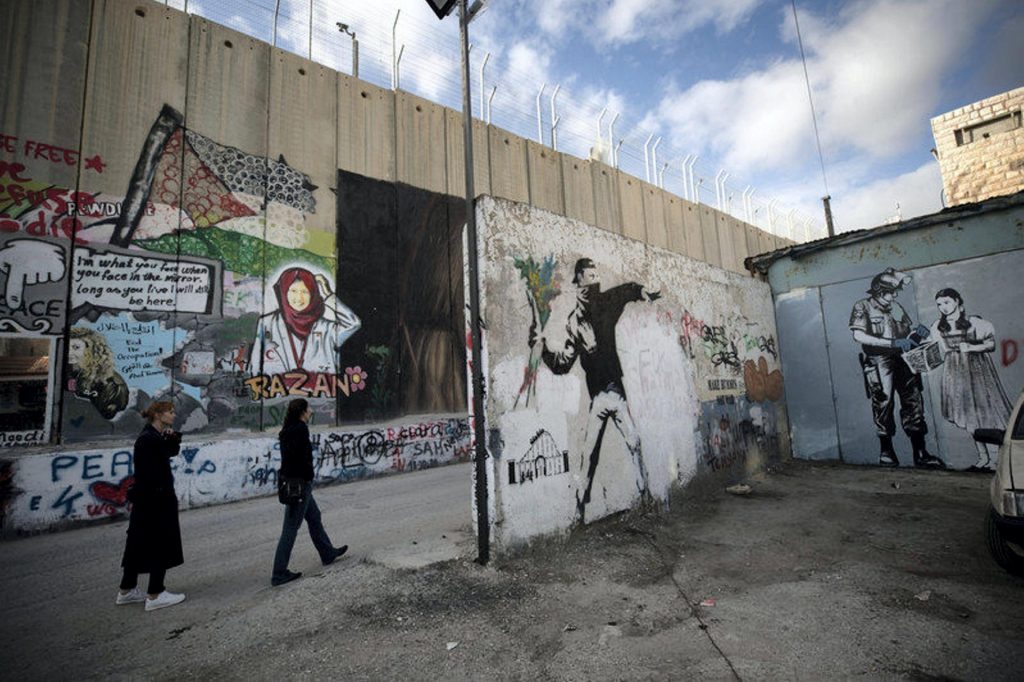
In August, we saw 20 pieces of art created by Banksy displayed in Bethlehem to thank the artist for his work there in the recent years. This came after the news in July that Banksy had auctioned off three paintings (worth a total of £2.2 million) and donated the profits to a hospital in Bethlehem. It is said that Banksy’s works have also helped to diversify tourism in the city.
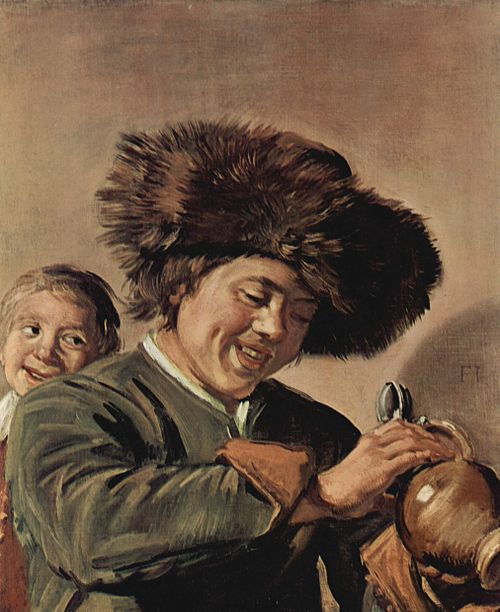
This month brought reports of another art theft as well. However, this story in particular made the headlines because it was the third reported burglary of the same painting. Two Laughing Boys with Mug of Beer by Frans Hals was stolen from the Hofje van Mevrouw van Aerden Museum in Leerdam, a small museum in the Netherlands.
Painted in 1626-7, the painting was originally stolen in 1988 along with a work by Jacob van Ruisdael. Again, in 2011, the same pair of paintings were stolen and went missing for six months. The estimated value of the painting is £13.4 million pounds.
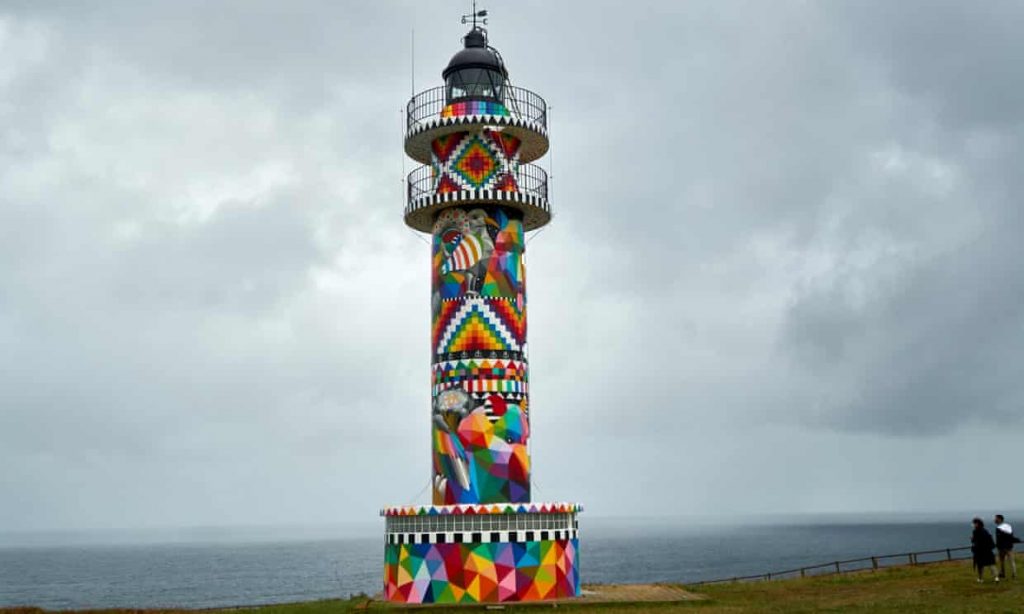
On September 13th a picture of a lighthouse in the town of Ajo in Cantabria, Spain, added a bit of brightness to our day. Artist Okuda San Miguel painted the 90 year old lighthouse. Through the artists words, the colors represent indigenous culture, multiculturalism, and freedom.
Although many people admired the pop of color provided to the coastal area, 4000 others signed a petition for the lighthouse to be painted white again. This proves once again that art is a truly dividing topic!
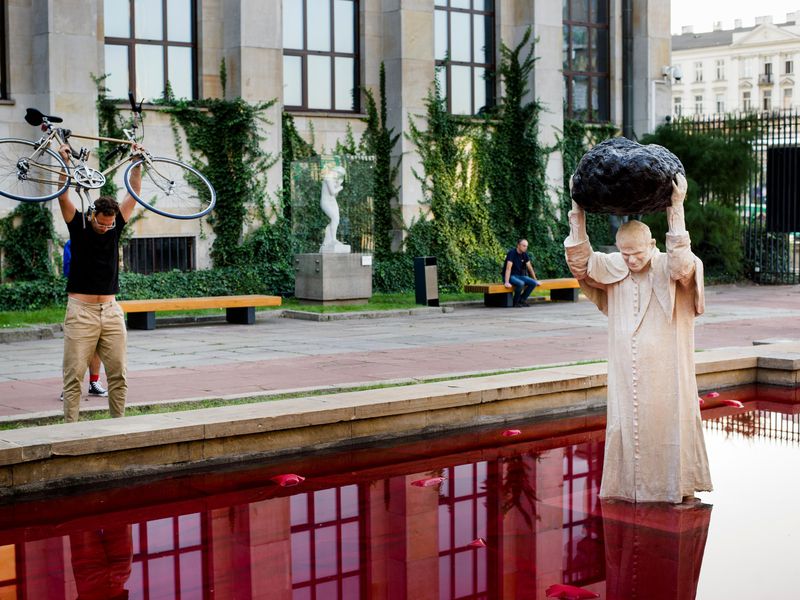
Also dividing opinion, in Warsaw, Poland was a new statue of Pope John Paul II by Polish artist Jerzy Kalina. Entitled Poisoned Well, the statue shows the late Pope about to throw a boulder into a pool of red water. The artist wrote that it is a response to La Nona Ora by Maurizio Cattelan, in which the Pope lies on the ground after being struck by a meteorite. La Nona Ora had caused controversy when it appeared in Warsaw in 2000. People viewed it as an attack on the Catholic Church.
Kalina writes that the statue served as a warning against red forms of revolution and calls for a return to Polish Catholicism. Some people criticized that it was too easily associated with blood and violence. Meanwhile others said that it showed the “ultra-Catholic” views of Poland’s government at the moment.
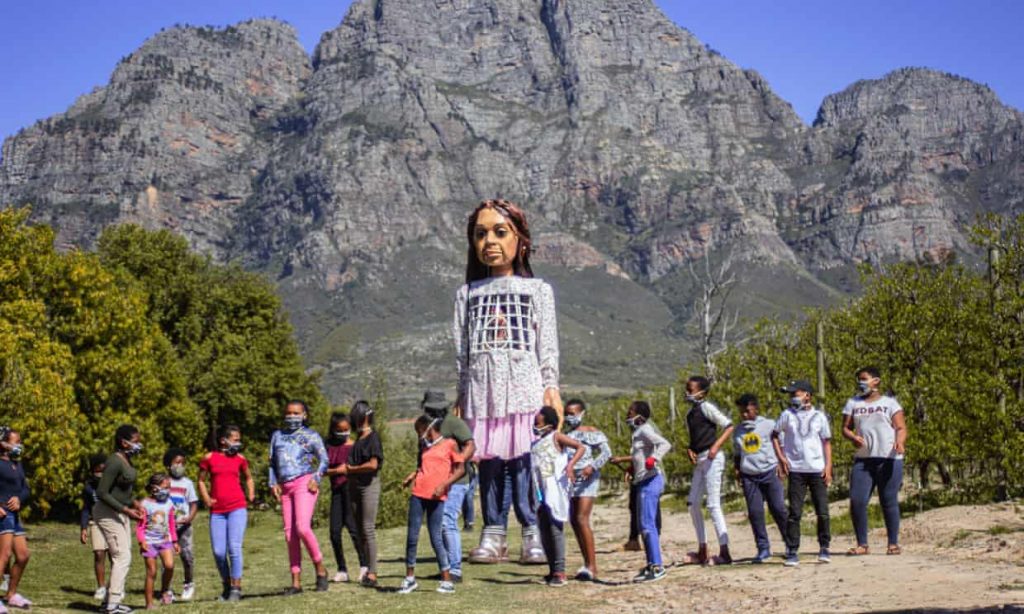
In the month of Halloween, we learned that the giant puppet of a nine-year-old refugee child is planned to travel 4,971 miles to the UK in 2021. The puppet, named Little Amal stands 3.5 meters high. It will travel from the Turkey-Syria border all the way to the UK to highlight the challenges faced by refugee children. She represents hope and gives a voice to these refugees.
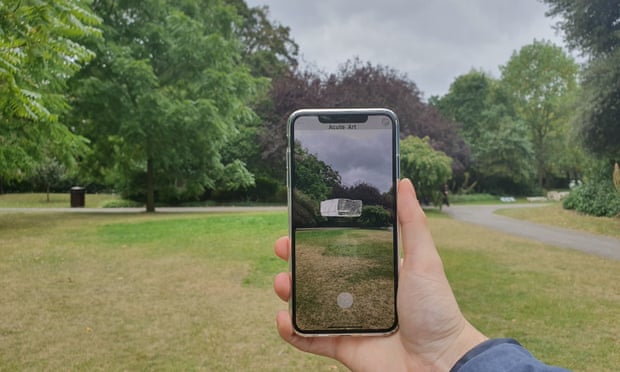
We also learned in October that the famous international art fair, Frieze, would go virtual this year due to the pandemic. It was very different, with no physical tent as normal. However artists made the most of digital ways to showcase their artworks. For example, augmented reality works created an interactive and virtual exhibition. This was not the first exhibition to take a digital form this year though.
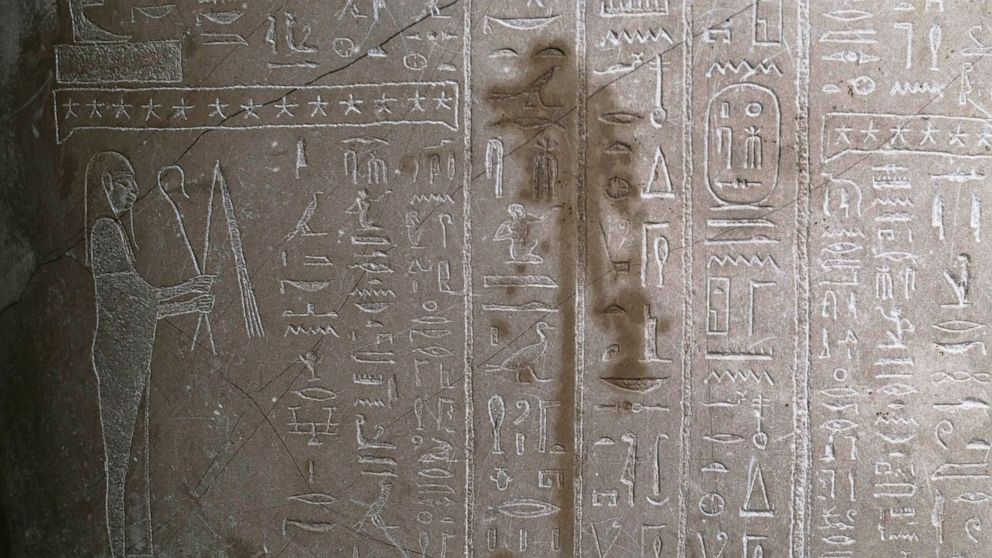
Unfortunately, another break-in occurred in the Neue Museum in Berlin, Germany, when 70 artworks and artifacts were vandalized. This included works in the Pergamon Museum, the Alte Nationalgalerie, and the Neue Museum on the city’s Museum Island. Furthermore German media went on to link the attack to conspiracy theories suggested on social media by coronavirus deniers (people who accused the government of inventing the virus to impose totalitarian conditions).
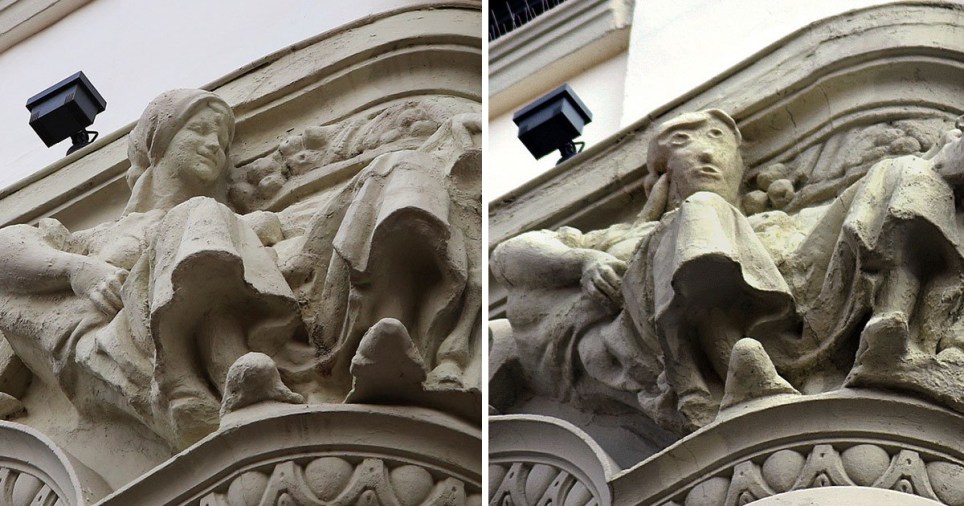
Besides the unfortunate mistakes made, we had to laugh at the photograph of a new restoration effort in Palencia, Spain, when November came. The photograph quickly spread on social media for obvious reasons. The face of a smiling lady was called a “potato head” and was even compared to Donald Trump!
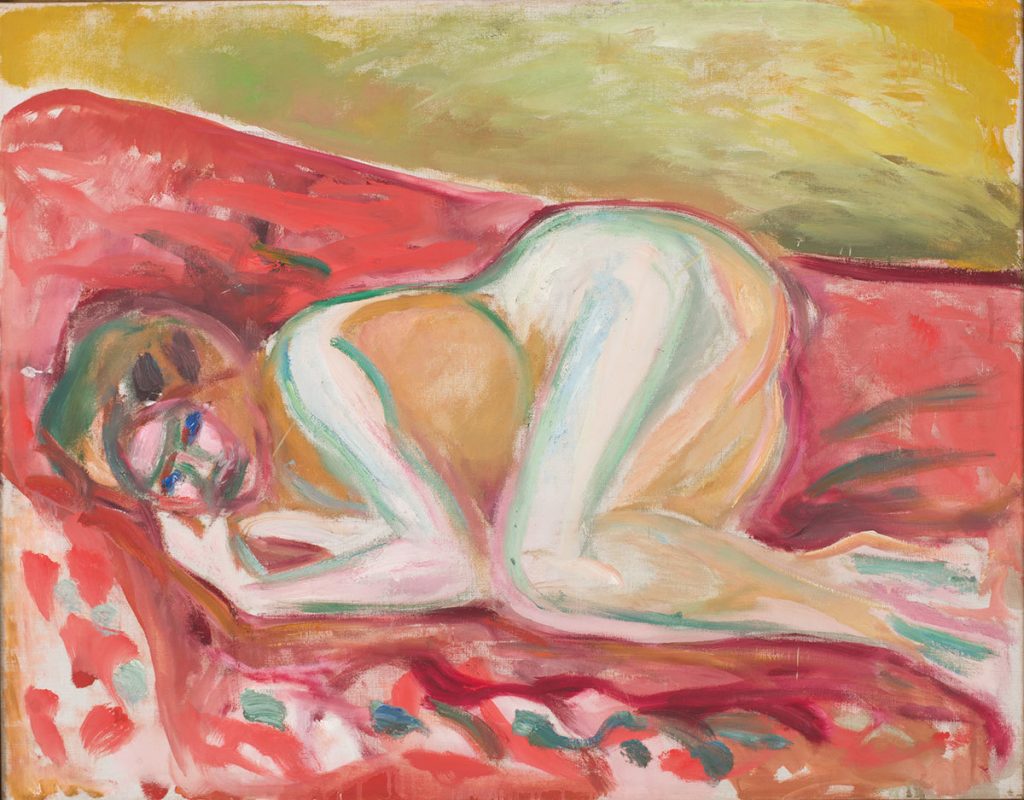
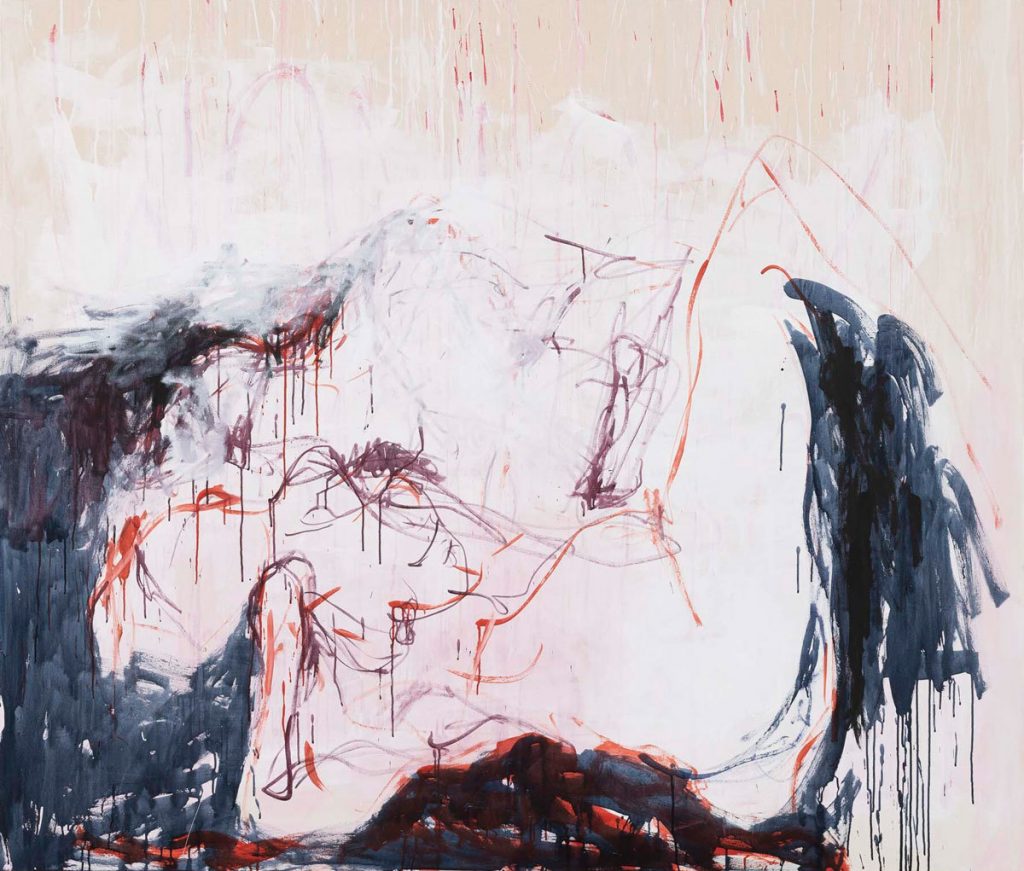
In the last month of the year, and following the completion of another month of lockdown in the UK, the Royal Academy of Arts opened an exhibition starring the works of both Edvard Munch and Tracey Emin.
The exhibition is based around Tracey Emin’s fascination and inspiration from the Norwegian expressionist, famous for his painting The Scream. The exhibition shows 25 works by Emin, including paintings, neons and sculptures. These works are shown alongside 19 watercolor and oil paintings from the Munch Museum in Oslo, Norway.
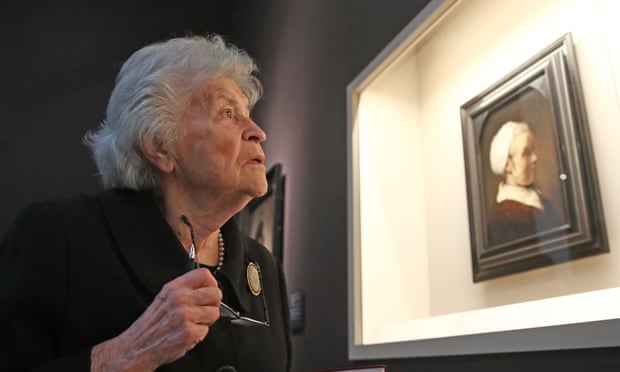
At the start of December, we also heard the sad news that Irina Antonova, the head of the Pushkin Museum in Moscow, had passed away aged 98. Antonova’s work at the Museum began under the leadership of Joseph Stalin. She worked there until the current leadership of Vladimir Putin.
A celebration of the work that Antonova had done at the Museum came following the news of her death. Her 52 years as Director, beginning in 1961 and ending in 2013, included bringing the Mona Lisa to Moscow.
She also notably bought works of Cubism and Impressionism into Russia for an exhibition in 1974. This was particularly controversial at the time because these paintings had long been banished from the county as products of bourgeoisie European culture.
So that is it, the biggest art news of 2020 summarized in one place. What a year it has been, and this strange year has seen lots of change in the art world too. What would you name as the biggest art news of 2020?
DailyArt Magazine needs your support. Every contribution, however big or small, is very valuable for our future. Thanks to it, we will be able to sustain and grow the Magazine. Thank you for your help!